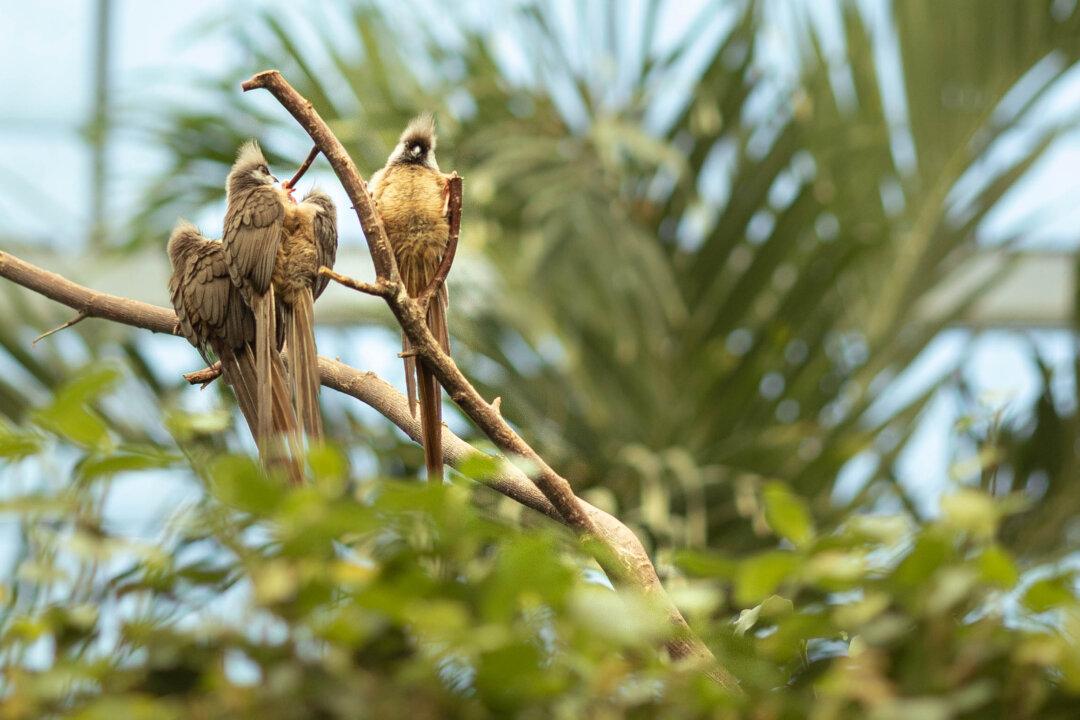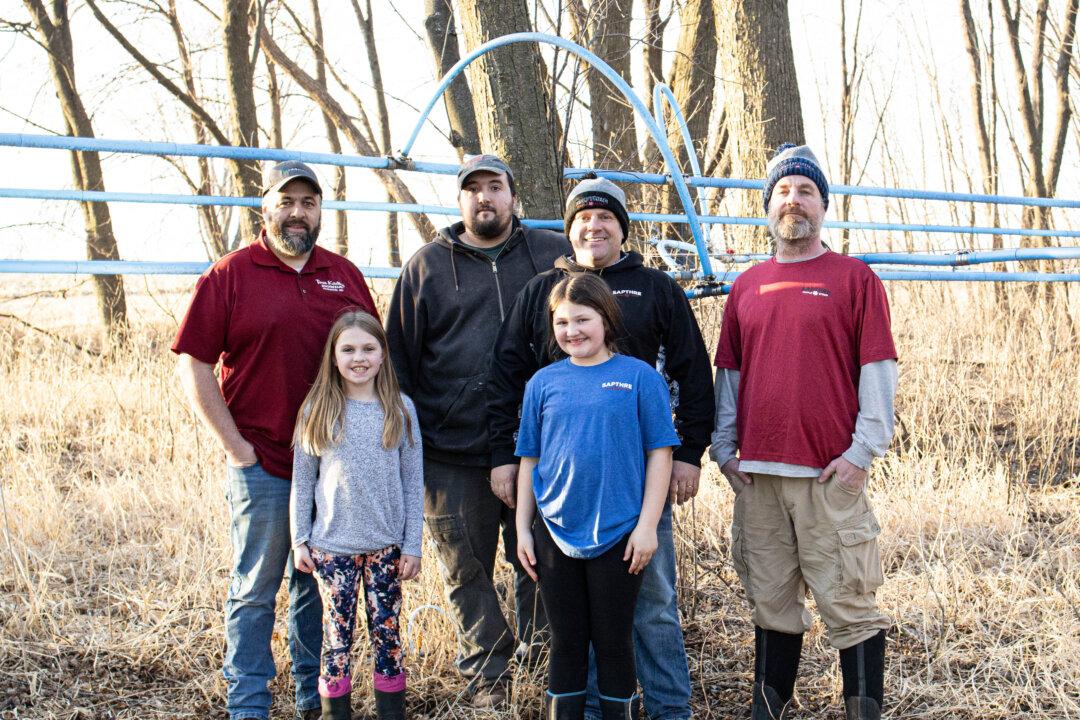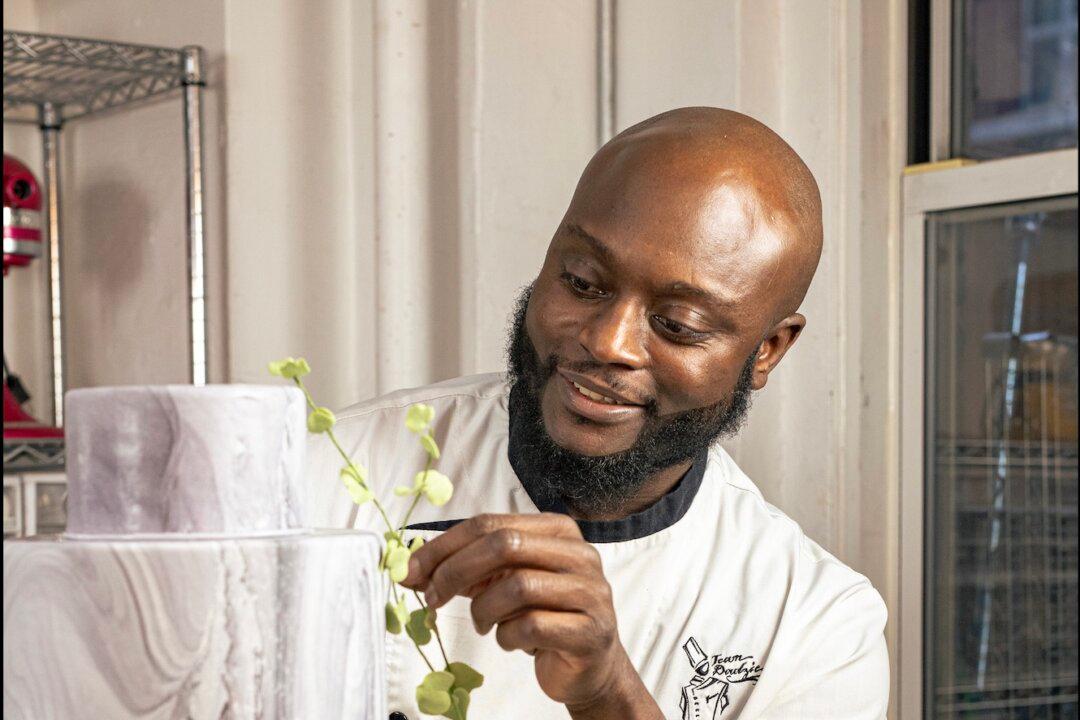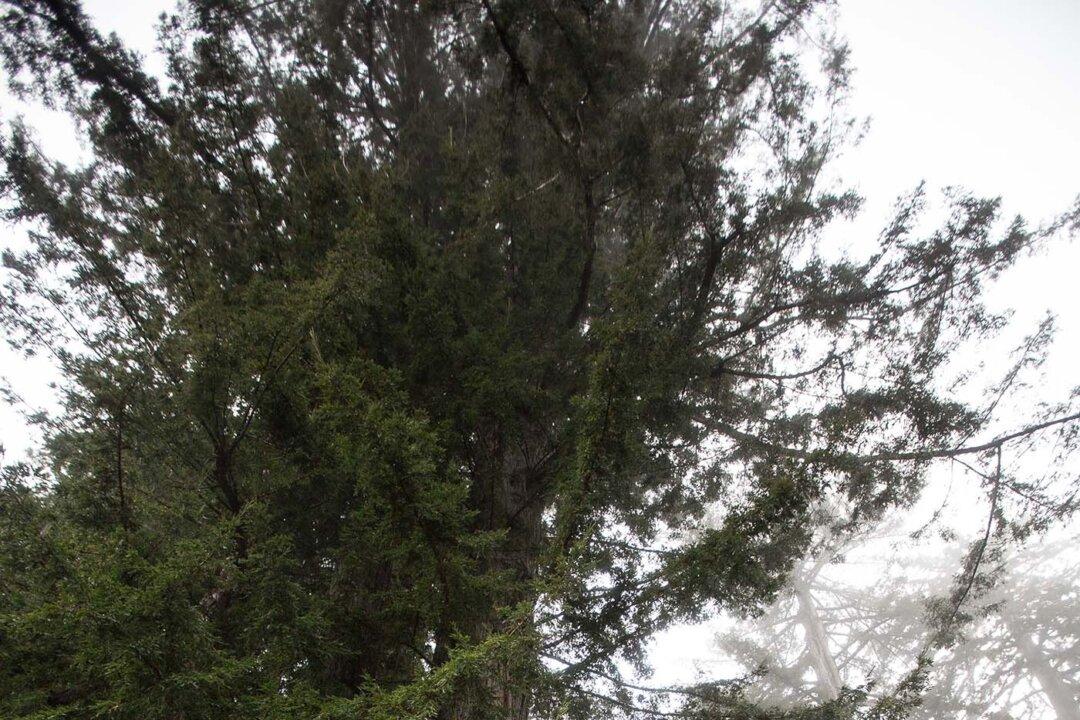When horticulturist Dennis Carter takes his morning walk at the Blank Park Zoo grounds in Des Moines, Iowa, his eye finds every weed, every frond, every stalk in the zoo. He carefully observes each shrub, tree, and vine for good health, stopping periodically to rub a leaf between thumb and forefinger before giving his stamp of approval and continuing on with the walk. On the summer mornings, heat doesn’t yet hover over the sidewalks, and Carter’s footfalls echo in the quiet. In the winter, when visitors are rare, the horticulturist’s steps are muffled by the snow. An awakening happens across the grounds as animal caretakers coax their current inhabitants out with breakfast. The zoo’s path curves in a wide loop from the main building and greeting center, stopping at the homes of lemurs, sea lions, and lions of the land before curving by Jamaa Kwa Africa, the sweeping plains where slender-horned gazelles, giraffes, and zebras graze long grasses in the summer.
Everything, from the towering palms that provide a fortress for the zoo’s indoor tropical birds, to the trees used as scratching posts by the resident tigers, is under Carter’s watch. Even the no-name shrubberies backdropping the zoo’s paths, and the pesky weeds popping up in between them, are in Carter’s care. If it’s green and it grows in the Blank Park animal kingdom, Carter is its caretaker. And while others may not understand the importance of a job of ordering plants and studying fungal plant infections, horticulturists like Carter are the ones who help a zoo maintain its sense of wild—for visitors and furry, feathered, tailed, and scaled residents alike.





